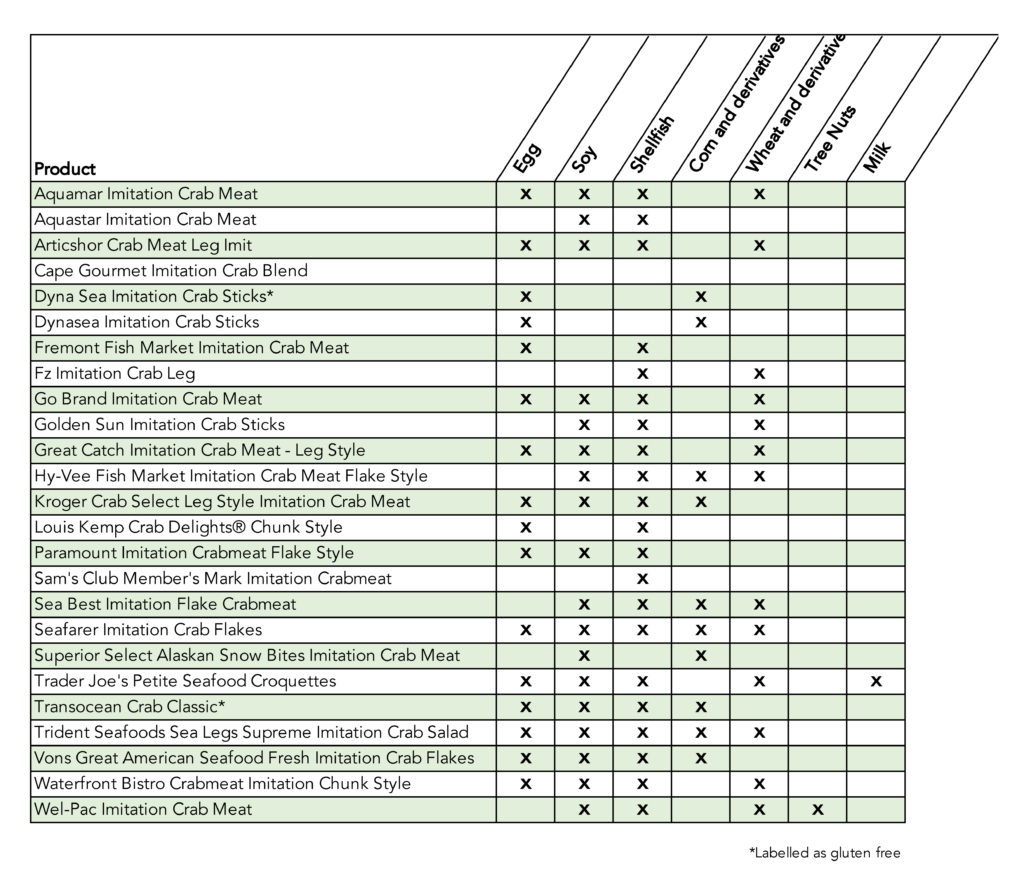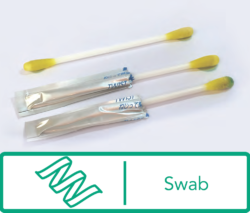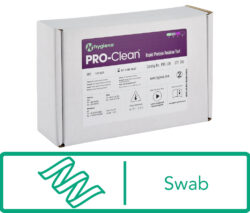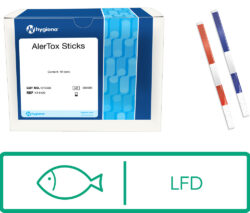Does Imitation Crab Have Any Allergens?
If you’ve ever had a California Roll, you’ve had imitation crab. Also sometimes called crab stick, surimi, or kani, it’s a widely popular processed food. Do you know how it’s made?
What is Imitation Crab?
The short answer: Processed fish, usually Pollock.
The longer answer: crab stick is made from fish that has been deboned and defatted, minced to a fine paste and them compressed into flake or stick form. Manufacturers add natural and artificial flavors, as well as starch and other ingredients, to imitate the taste of actual crab. This method of production is called surimi, and has been used commonly in Japan for centuries.

Surimi is derived from a traditional Japanese way of using and preserving fresh fish. The word is derived from the Japanese words ‘suru’ meaning to process and, ‘mash/mi’ meaning to meat. Surimi is a paste of minced, processed fish used in the preparation of imitation seafood. The earliest recorded surimi processing procedure is from a Japanese cookbook written in 1528. Surimi fish paste products have been made by hand for centuries (from EFFECT OF RAW MATERIAL HANDLING ON SURIMI QUALITY).
Other products besides crab stick use surimi. Since Pollock is generally a very mild fish it is easy to apply various flavor profiles. It made its appearance as imitation crab meat in the 1970s, when demand for the delicacy increased and production couldn’t keep up.
Does this mean Imitation Crab is safe if you have a Shellfish or Crustacean Allergy?
No, it does not. This is a good lesson in always reading the label. Many, many brands flavor the imitation crab with real crab extracts.
But it doesn’t stop there.
Are there other allergens in Imitation Crab?
There are a lot of additives needed to change ordinary Pollock into something else. We took a quick look at the labels of 25 brands of imitation Crab, looking specifically for food allergens. This is what we found.
Eggs, Soy and Shellfish allergen are indicated on the majority of labels. Many also include wheat and/or gluten. Some Imitation Crab may contain milk or tree nuts. And while corn is not an official FDA-mandated allergen, many people do avoid it.
Intimidated yet?
Choosing food that fits your body takes time and care. If allergens impact you or your loved ones, it’s always good practice to read the labels on packaged foods. It’s also always important to be mindful of allergens when you’re eating in restaurants; your server may not be aware of the many ingredients in a processed item like Imitation Crab.
What if I’m a food manufacturer or commercial kitchen using imitation crab?
It’s important for you to know exactly which allergens are found in your imitation crab. You must still declare allergens on your label, even if they are sub-ingredients of one of your ingredients. Additionally, if you switch brands or suppliers of imitation crab, request a complete, detailed ingredient list. The new crab may come with a completely new set of allergens to monitor and label.






